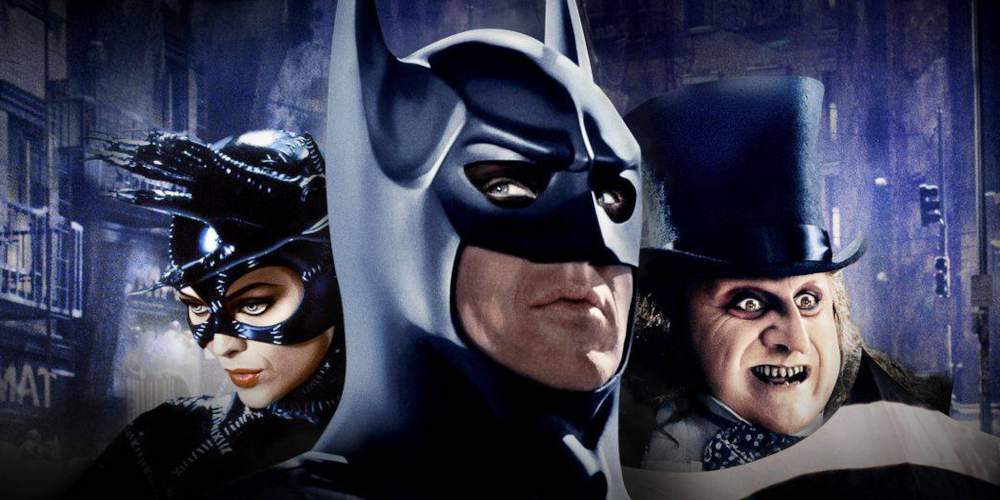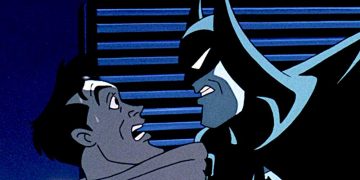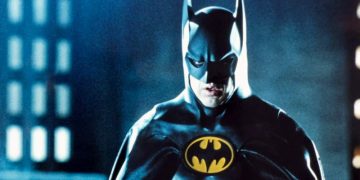For all the money and filmmakers that Warner Brothers brought in to work on the Batman franchise, and despite some winners like Christopher Nolan's The Dark Knight or Joel Schumacher's Batman & Robin, the films are still beholden to 1992's Batman Returns.
Batman Returns has aged like a wine with the best grapes of a century. It never left the minds of the Batman fanbase, even among those who have long forgotten many of The Dark Knight's escapades.
The image of Michael Keaton's Batman standing with Danny DeVito's Penguin as Michelle Pfeiffer's Catwoman flips toward them with a nonchalant "Meow," just as a building explodes? That's come to define the characters in ways that others have never managed.
From Christopher Walken's mad Max Shreck to that opening sequence that's genuinely scary, Batman Returns is a wholly original film with a lasting legacy, created by a filmmaker who openly embraced the gothic side of himself and applied it to Gotham City.
In honor of the film's 30th anniversary, here's why Batman Returns remains the quintessential Batman film to this day.
1. Its Gothic Mood
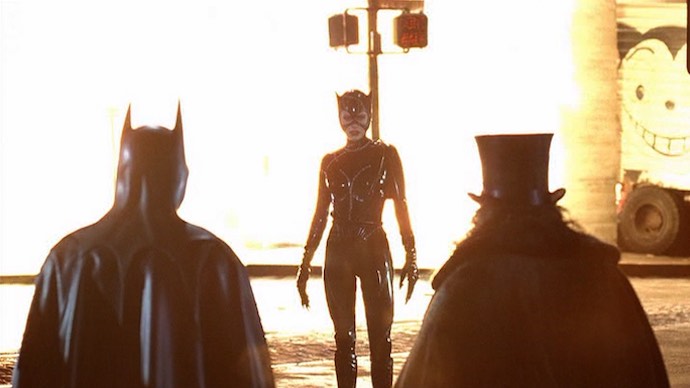
The uniqueness of Tim Burton's vision for 1989's Batman is why he was brought back for the sequel in 1992's Batman Returns. In coming back, Warner Brothers offered him guarantees that allowed him more creative control over the film.
So, the production team opted not to return to England for this one. Instead, they produced it all on soundstages in Los Angeles.
The lack of any real external shots gives Batman Returns a tight and almost claustrophobic feeling, as the alleyways of Gotham City are the main setting for the duels between the powers of the film.
The gothic tone—something that Tim Burton is noted for throughout his career—also fits the picture's narrative. The first film, with the cathedral and look of Keaton's Batman, exuded the same style; this time, with more freedom, Burton dialed it up to eleven.
The whole movie is saturated with Tim Burton's own sense of gothic grandeur. And for a character as dark as Batman, it finds a niche that few other heroes could pull off.
One measure of success for a film is the longevity of its popularity and how it ages with modern times. By that barometer, Batman Returns is truly the definitive superhero cult film.
It has stayed in the minds of Batman fans while finding continued mainstream success. Even despite the strengths of other great filmmakers, Batman Returns inspires the most passion in Batman fans.
2. Its Tangible Relationships
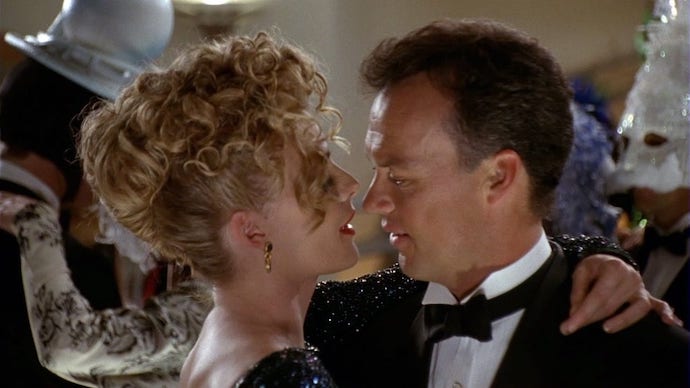
Making two characters interact with one another on a deep and committed level is difficult. And though superhero films are often adorned with a sense of connectivity that keeps their characters together, few actually have intimate complexities.
In Batman Returns, the tangible connection of its characters on an emotional level is felt and incredibly visual. The individuals dominate the screen with a kind of depth that has each one pushing the others to new places of horror and haunted morality.
It's a trait that's particularly evident in the scenes shared by Michelle Pfeiffer and Michael Keaton, as their two characters meet in varying forms of their evolving psyches.
Their scene at the end of the film, where Catwoman has Max Shreck at her mercy, is a stunning achievement in superhero cinema as Batman removes his mask to show Selina his true self as Bruce Wayne.
He hopes to break through her wall of anger towards Shreck—and while he comes very close to pulling it off, she can't let go.
Modern superhero cinema doesn't have that level of depth most of the time, and none have the same level of character duality that permeates each of the four principal characters in Batman Returns.
3. Its Villain Duality
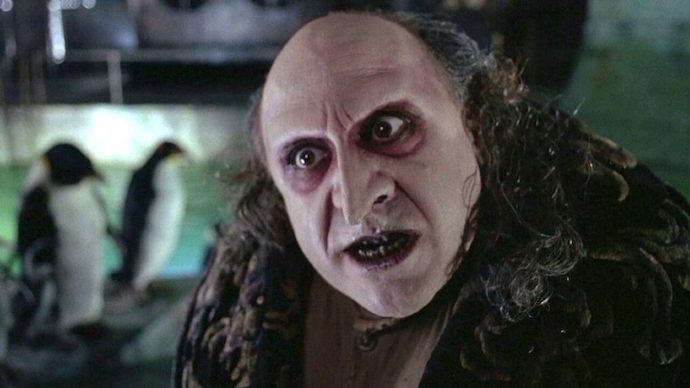
Looking deeper at the theme of duality, the most significant motif that runs through Batman Returns is that all the principal characters struggle with having two sides—including the villains.
In the case of Danny DeVito's Penguin, he struggles to reconcile the idea that he's a high-born child from a wealthy family who's condemned to a life of hardship because of his deformities.
A large part of him wants acceptance from those in Gotham's society, but he's too jaded by decades of rejection to really get there.
On the other hand, Max Shreck's duality hides beneath the surface, but it comes to the fore when he catches Selina Kyle in his office.
As she's trying to do her job correctly, he realizes that she knows about his scheme to control Gotham's power supply. With Walken's sense of unique madness, he pushes her out of a window to her apparent doom.
Catwoman's sense of self is one part of Batman Returns that showcases her similarities with The Dark Knight: she, too, puts on a costume to roam the streets of Gotham at night, showing Batman that he's not as alone as he assumed he was in leading his double life.
The mirror that the film holds up to Batman highlights the subtle differences between the heroes and the villains. Batman may be a hero, but he's one that's not far away from becoming a darker version of himself—one that could lose control of his vigilante alter-ego.
4. Michael Keaton's Batman
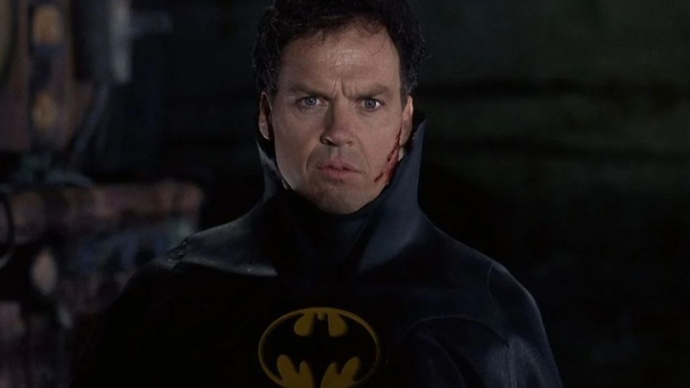
No other actor has understood the break in Bruce Wayne's psyche better than Michael Keaton, and he's often said the difficulty in portraying the character lies in Bruce Wayne rather than Batman.
With Batman Returns, Keaton has a different challenge facing him: instead of trying to beat his personal demon in Jack Nicholson's Joker and avenge his parents, he finds his solitude understood by another.
His relationship with Selina Kyle gave Keaton the chance to showcase a dimension in Bruce that's not always evident: his heart.
For Batman to rip off his mask and show who he really is to Selina, who then acts as though she still didn't believe that Bruce was under the cowl, is a shattering moment of truth.
He wants to go home with Selina and forget about his obsession with Batman, happy to find somebody who understands him—and his attempt to later recover her body shows that he still holds hope.
5. Michelle Pfeiffer's Catwoman
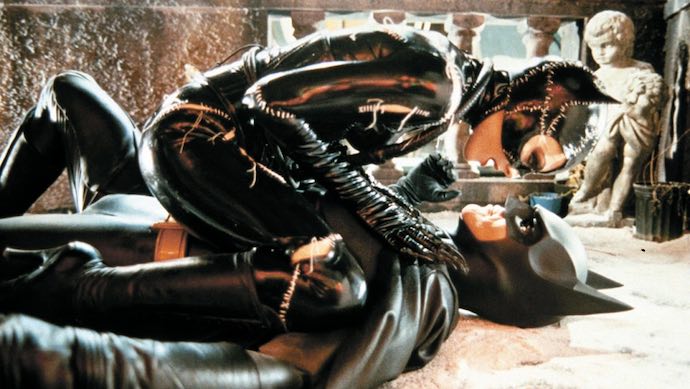
It would take another 30 years before a movie Catwoman came along that shared the same intense connection with her Batman that Michelle Pfeiffer had with Keaton. And after watching Zoë Kravitz's performance in The Batman, it's clear she molded parts of her role on Pfeiffer's.
It's hard to think of another actress who could successfully separate Selina Kyle and Catwoman as Pfeiffer did when she showed herself to be a part of the same coin that split Bruce Wayne and Batman.
Her quest for vengeance—her unshakable sense that she had to destroy Max Shreck—is all that separated Bruce and Selina. It's what made her a woman beyond rescue from her inner demons.
By the end, little remains of the Selina Kyle that we saw at the films' start. She's instead replaced by a version of Selina she'd long repressed.
Her taking off her mask when confronted by Batman and Shreck is evidence of the ease at which she can justify her actions. For Bruce, taking off his mask is a moment he can't take back; for Selina, it's a routine that blurs the lines between herself and her alter-ego.
Until Zoë Kravitz reprises her role and gives more dimensions to her already second-best Selina, Michelle Pfeiffer's iteration still takes the top spot and gives another reason for why Batman Returns remains the best of the Batman movies.
